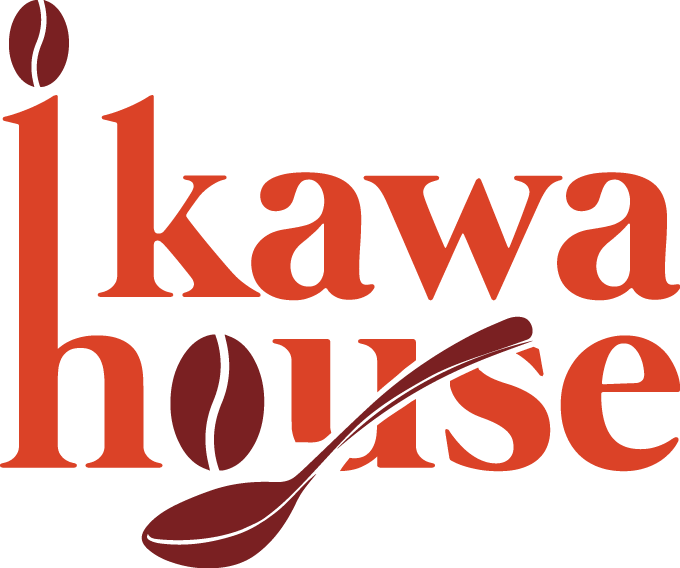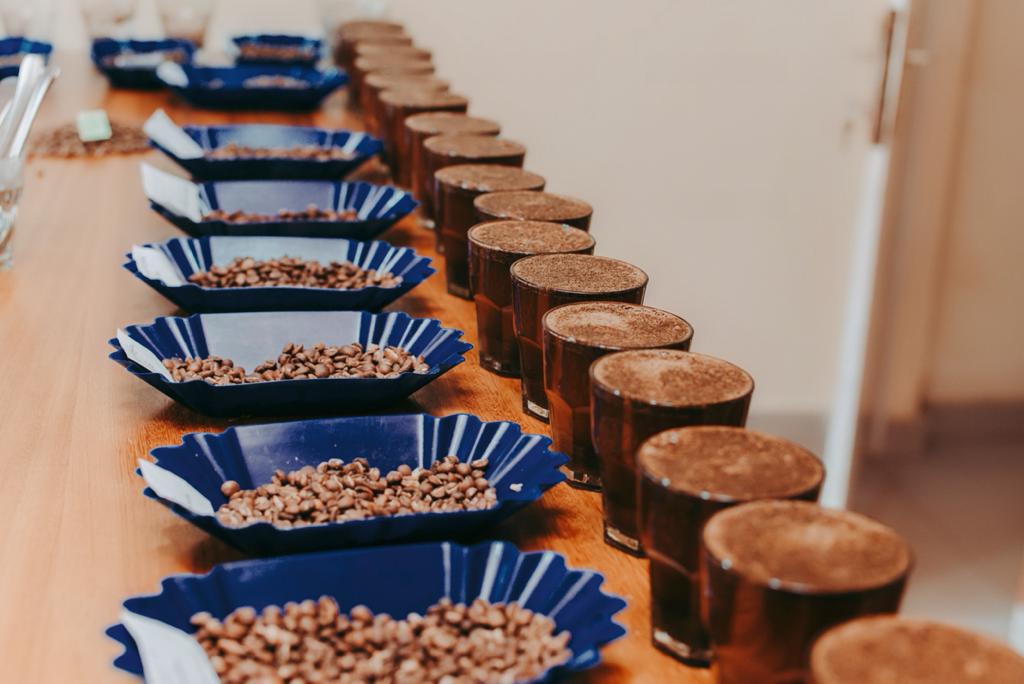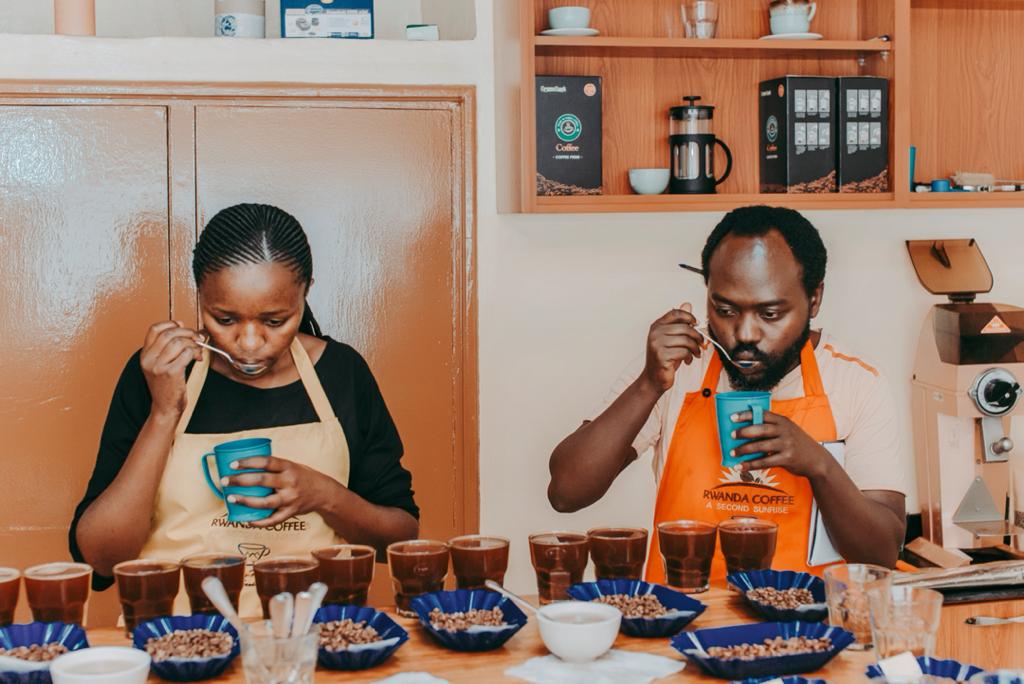Our Services
Ikawa House Ltd is an export &Marketing & value chain company passionate to offer the training services on coffee growing , processing and quality protocols.
Ikawa house facilitates the world to trace high quality beans from each corner of the country.
It also helps importers to find transparent coffees and build sustainable relationships with producers.
With us you will be able to have access on different amazing quality coffees
Ikawa house works with small holder producers in terms of technical assistance and help them to promote their coffees.
OUR CUPPING LAB
CUPPING IS AN INDUSTRY ESSENTIAL
Coffee cupping, or coffee tasting, is the practice of observing the tastes and aromas of brewed coffee. It is a professional practice but can be done informally by anyone or by professionals known as “Q Graders.
A standard coffee cupping procedure involves deeply sniffing the coffee, then slurping the coffee from a spoon so it is aerated and spread across the tongue. The coffee taster attempts to measure aspects of the coffee’s taste, specifically the body (the texture or mouthfeel, such as oiliness), sweetness, acidity (a sharp and tangy feeling, like when biting into an orange), flavor (the characters in the cup), and aftertaste.
Since coffee beans embody telltale flavors from the region where they were grown, cuppers may attempt to identify the coffee’s origin. For many of us cupping can be an easy way to compare a few coffees and test out our taste buds, but for official purposes cupping is the standardized process used to assess coffee all over the world. From the farm to your mug, coffees will be sampled and tasted over and over again to ensure quality in the final cup.
How to taste coffee notes
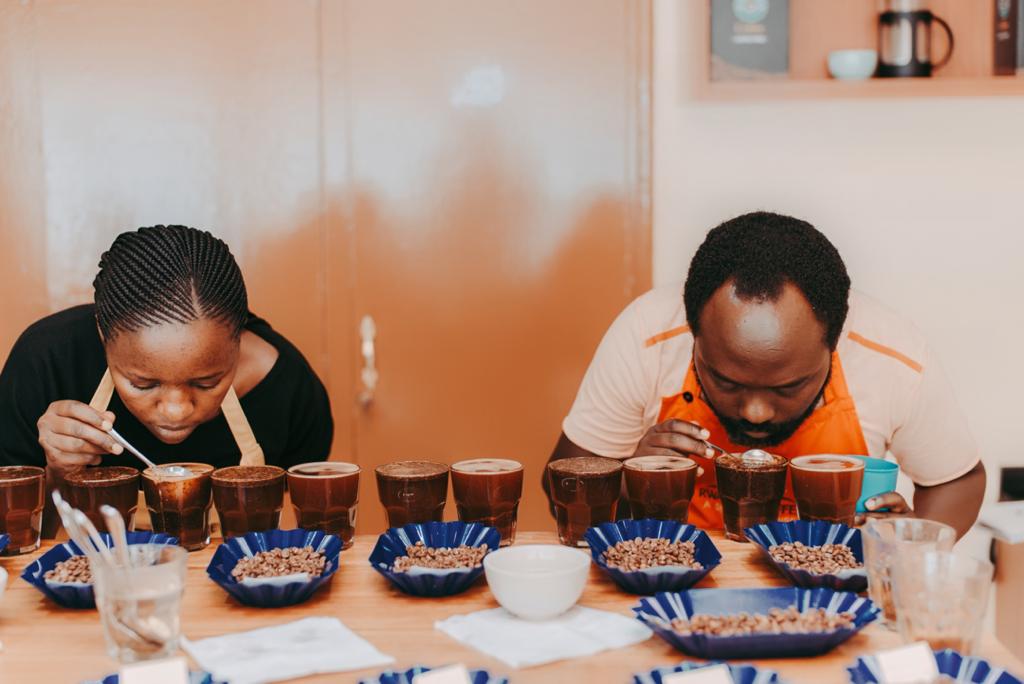
According to the cupping protocol, hot water is poured onto freshly roasted and ground beans directly into the cup and allowed to steep for 3–5 minutes. The infusion is then mixed and the foamy head removed. The coffee will need to cool before tasting in order to avoid burning your tongue and to allow the flavours to emerge. Two spoons are used, one going in the cup and the other in the mouth. In addition to being a quality control method, cupping is an excellent way to increase your knowledge about coffee. Tasting helps you learn how to identify differences between cultivars and countries of origin.
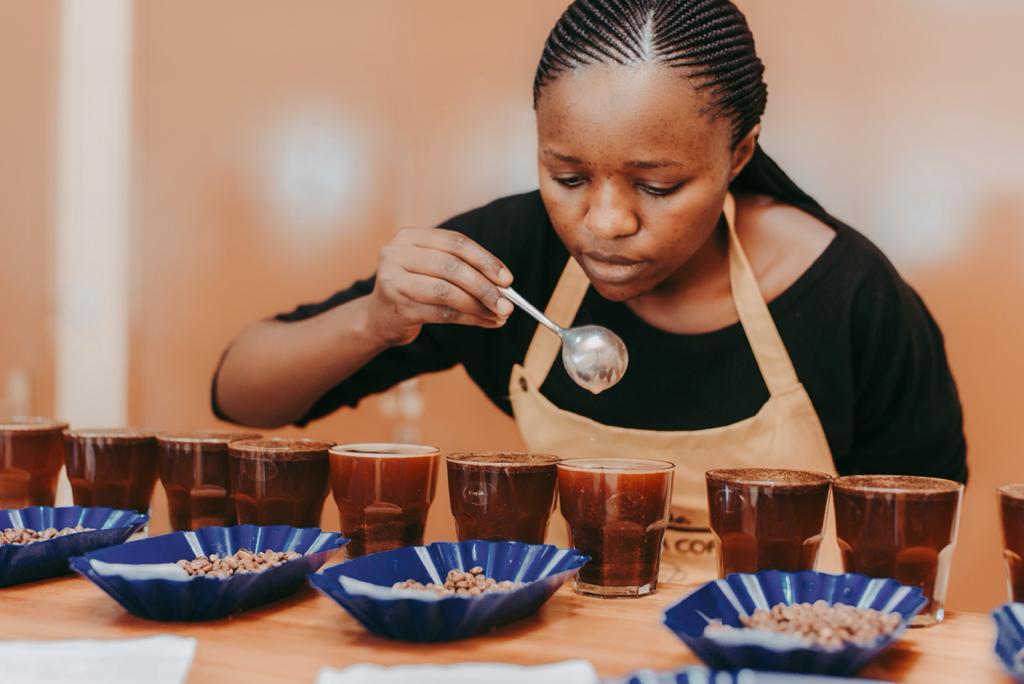
From green coffee buyers, roasters, quality control specialists, baristas, and so many more along the supply chain, coffee is assessed and scored by a universal standardized method known as cupping. For green coffee buyers, cupping is essential to deciding what coffees will be purchased to be featured to customers. For roasters, cupping means dialing in a roast profile to ensure the development of the coffee is just right. For quality control specialists, this means making sure every coffee that makes it out of the roastery and into coffee shops and online for purchasing is tasting excellent without any potential defects or funky flavors. For baristas, this could mean expanding one’s palate, getting familiarized with various origins, or even competing at a national level to garner the title of Cup Tasters Champion. Luckily, this method of scoring or tasting coffee doesn’t have to be limited to just coffee professionals.
EDUCATION CENTER
Empowering our coffee community through education is one of our core principles. We are passionate about developing the skills and knowledge of our small holder farmers and thereby improving their livelihoods and well-being.



